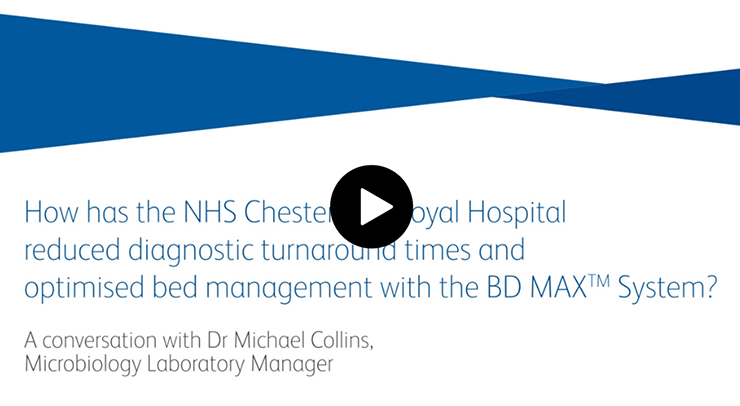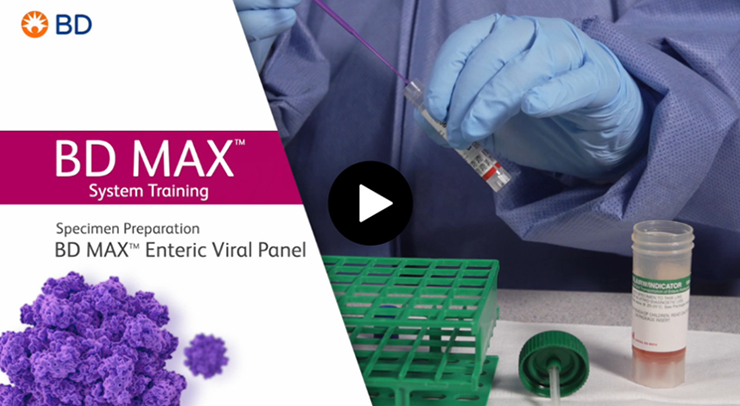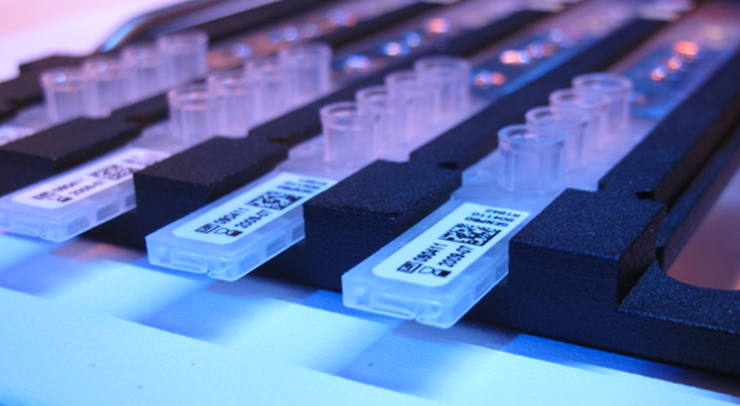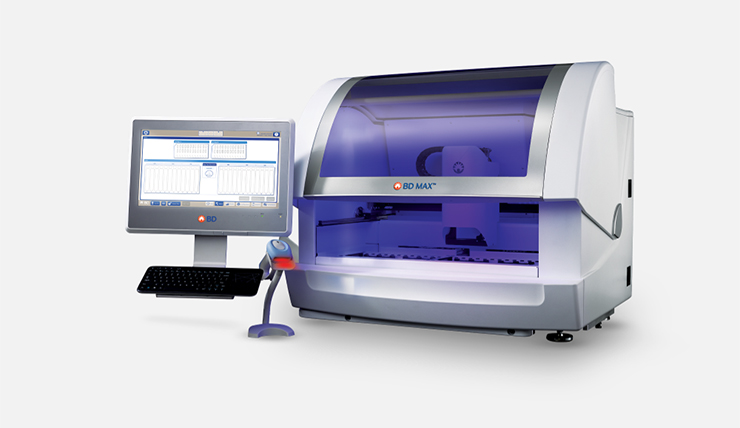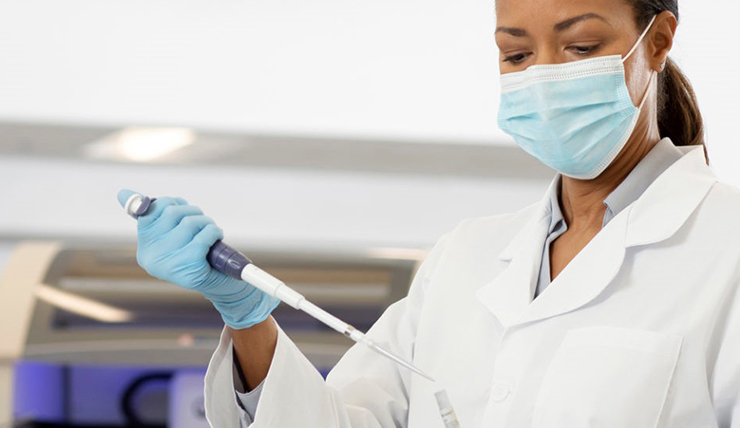Don't let gastrointestinal infections impact your laboratory's efficiency
When the stakes are high, why settle for time-consuming diagnostic methods?
Though among the most common global infectious diseases, gastrointestinal infections can create a major burden for the healthcare system, especially if your lab is lacking the resources, trained staff and equipment to detect certain pathogens.1
Traditional diagnostic methods such as culture, microscopy and immunoassay can take up to 3-5 days to identify the causative agents of infection, potentially impacting lab workflow, budget, clinical decision-making and patient outcomes. This inefficiency can lead to:
- Delayed results2
- Difficulty growing certain organisms on culture media1,3
- False results due to subjective interpretation of microscopy4
The culture method in particular is labour intensive with poor sensitivity and low positive culture rates, requiring 3-5 days for pathogen detection.1,5
Can your lab afford the risks of inefficient enteric diagnostics?
Gastroenteritis: The big picture
Dive deeper into prevalence of bacterial, viral and parasitic infection in acute gastroenteritis and main diagnostic methods.
Evaluation diagnostic methods of acute gastroenteritis
Learn more about the challenges of traditional diagnostic methods and how these inefficiencies can affect your laboratory workflow.
Make the move to molecular testing.
Rapid, accurate pathogen identification is crucial to minimising outbreak risk.6
When early detection or identification of pathogens can help lead to faster treatment decisions, reduce hospital length of stay, prevent unnecessary antibiotic use and most importantly, save lives, you need to implement the most rapid, reliable testing solution.7
Transitioning from culture to molecular testing, namely nucleic acid-based amplification tests (NAATs), has been shown to significantly improve the sensitivity, specificity, time to results of your laboratory’s gastroenteritis testing.1 It also allows easy differentiation between pathogenic and non-pathogenic species, such as Entamoeba histolytica and Entamoeba dispar8.
Thanks to NAATs, your laboratory can facilitate the rapid diagnosis, treatment and management of gastrointestinal infections.1

Time-motion analysis: stool culture vs BD MAX™ Enteric Bacterial Panel
Gain a greater understanding of the benefits of molecular testing in this evaluation comparing workflow and time-to-results with culture.




